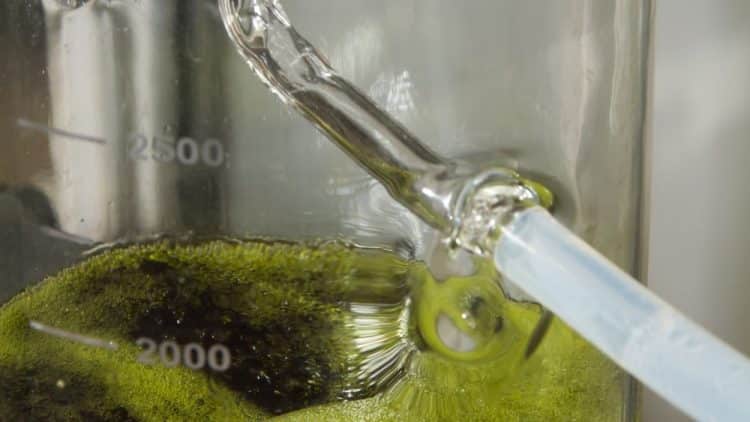A new study has succeeded in developing a solventless distillation process for effectively and efficiently extracting the essential oils of cannabis for potential use in the flavor and fragrance markets. The process required the use of Milestone ETHOS-X, a microwave-based distillation instrument, but several parameters had to be experimented with and adjusted to find the right settings for optimal extraction. Knowing that distillation temperature and time are connected to the microwave power as well as which part of the plant is being processed, researchers started by making adjustments to these variables. [1]
Starting with microwave power, tests were completed at 1200 W, 700 W, and lower wattages. None of the lower ranges of power compared to distillation at 1200 W or 700 W, making them the most efficient power settings. Once the ideal power settings were identified, times were tested at 10, 20, 30, and 40 minutes. Hemp material was “rehydrated,” and after subjection to microwave power, the distilled oil condensed in a “Clevenger-type apparatus” that cooled it to 8 ºC to isolate the essential oil (EO) and restore the water to the hemp.
The ideal time for 1200 W was 10 minutes, and the ideal time for 700 W ended up being 40 minutes, which produced the highest yield of 0.035% (w/w) for dry material (above 700 W was considered “excessive heating”). Unexpectedly, it was noted that fresh material resulted in higher yields (0.274%) of cannabis essential oils compared to dried material. One interesting discovery was that “[sesquiterpenoids] and cannabinoids required longer distillation times for reaching the most abundant levels due to their higher molecular weights… On the other hand, the faster approaches (10 min and 20 min) were revealed to be efficient in monoterpene and sesquiterpene cannabis EO enrichment.”
This newly reported solventless distillation process produced extracts that demonstrated a 16.6% relative standard deviation of distillation yields. It has the potential to increase profitability due to its operational simplicity. As a bonus, reduced environmental impact was emphasized as a major reason to consider the new method. The simplicity of the operation resulted in minimized toxicity and waste production, with increased energy savings. All of these sound like easy wins for flavor and fragrance industries looking to take advantage of the unique and characteristic flavors and smells of cannabis. [1]
Reference:
- Micalizzi G, et al. Development of a novel microwave distillation technique for the isolation of Cannabis sativa Essential oil and gas chromatography analyses for the comprehensive characterization of terpenes and terpenoids, including their enantio-distribution. Molecules. 2021;26(6):1588. https://www.ncbi.nlm.nih.gov/pmc/articles/PMC8000122/. Times Cited: 1 (Semantic Scholar) Journal Impact Factor: 4.411












